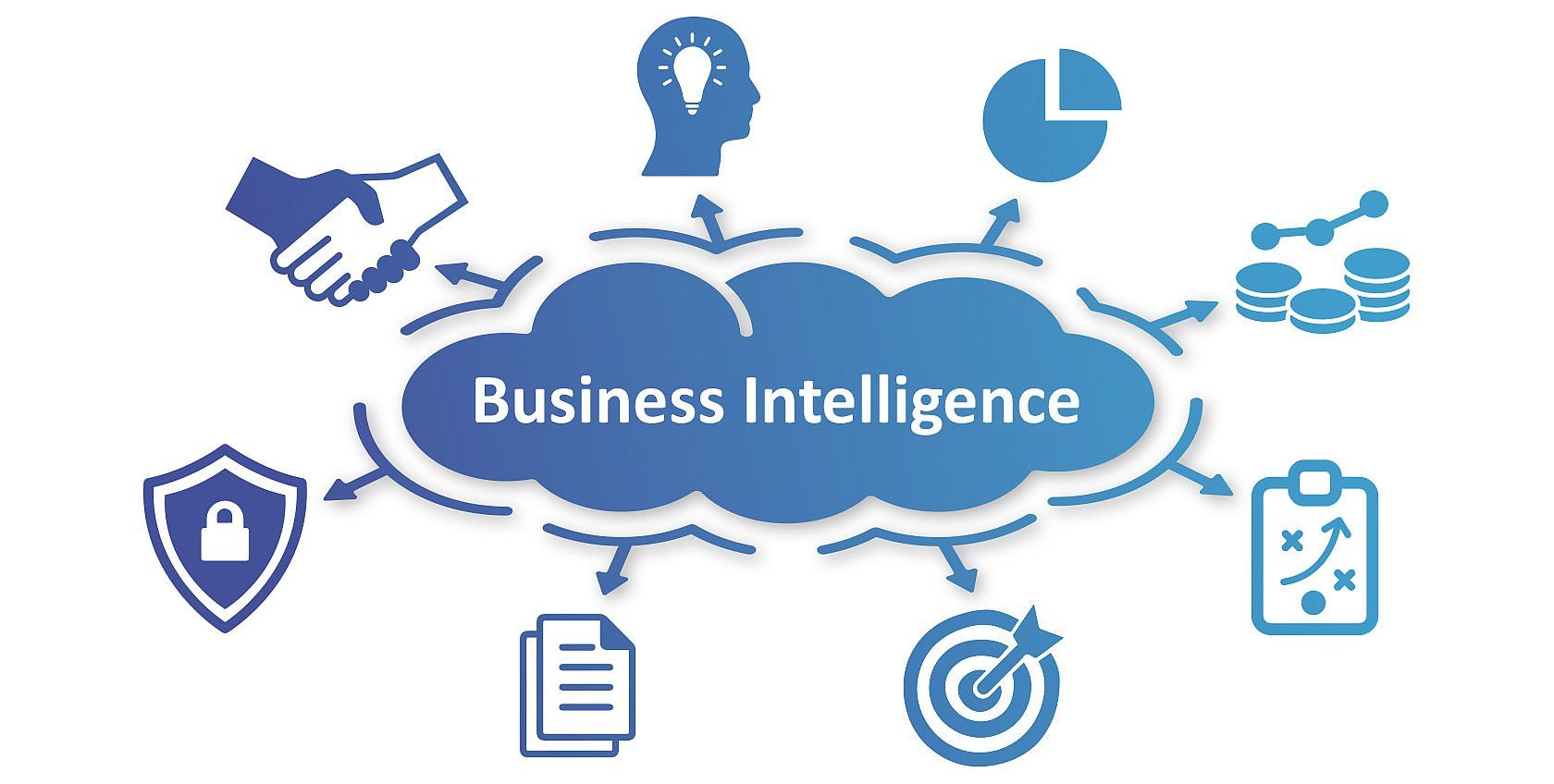Data is the most crucial resource in modern day business. It can help or break an organization. Power BI, Microsoft Fabric and other powerful tools are utilized by companies to realize the full potential of their data. These platforms are at the heart of business intelligence and, when paired with Azure Data Factory they become an effective tool to make data-driven decisions and analytics.
Power BI, Your Business Intelligence Companion
Power BI is a tool for business intelligence from Microsoft that allows organizations to visualize their information and share information. It allows users to design interactive reports and dashboards that transform raw data into actionable insights.

Whether you’re a small startup or a major business, Power BI adapts to your needs. Power BI is a seamless integration of various data sources and makes it simple to combine data from different systems and databases. With its intuitive drag-and-drop interface even non-technical users will be able to quickly create useful reports and analysis.
Power BI supports real-time processing of data, making sure that you are always armed with the most current data. It provides a variety of visualizations, allowing you to represent data in a palatable and appealing manner. It is crucial to work together and share reports. This will help improve decision-making in your company and create a more data-driven work environment.
Microsoft Fabric The Fabric Together of Data Excel
Microsoft Fabric is a fundamental framework that connects and manages the data from various Microsoft services. It’s the fabric that connects your data into a cohesive functional entity that allows companies to get insights easily.
Microsoft Fabric helps businesses maintain data integrity and consistency as they deal with increasing the volume of data. Microsoft Fabric works with a broad range of applications from Azure Data Lake Storage, Azure SQL Data Warehouse, and Power BI. This allows data move smoothly and for insight to be drawn from various sources.
The versatility of Microsoft Fabric is particularly evident in its data transformation capabilities. You can utilize it to wrangle data, cleanse and make it ready for analysis and also ensure that it conforms to the company’s policies on data governance. Microsoft Fabric ensures that your data is correct secure, reliable and ready for analysis.
Azure Data Factory – The Gateway to Data Transformation
Azure Data Factory, another essential component of modern business intelligence, is Azure Data Factory. This cloud-based service enables you to manage and plan data-driven processes. Azure Data Factory allows for meaningful insights by orchestrating data transformation and movement.
One of the main strengths of Azure Data Factory is its flexibility in connecting to various sources of data. In the event that your data is stored on-premises or is in the cloud, it can be seamlessly integrated, ensuring you have a holistic view of your data ecosystem. The platform is able to handle batch processing, real time streams of data and big data analytics. This makes it suitable for various uses.
Azure Data Factory has a visually-oriented user interface that eases designing data pipelines. Even if you are not a coder, it’s simple to create an agenda, plan and manage data pipelines. This software lets businesses control their data integration process and lets them prepare data by themselves.
Power BI with Microsoft Fabric, Azure Data Factory, and Power BI
When Power BI and Azure Data Factory when combined, they can create an impressive trio that can revolutionize your data analysis efforts. Let’s see how they work:
1. Data Integration Azure Data Factory connects to a myriad of data sources, guaranteeing that your data is readily accessible. Microsoft Fabric orchestrates the data from various services using this data integration function. This will ensure that your data is properly organized, cleaned, then is ready to be used in Power BI analysis.
2. Data Transformation: Microsoft Fabric is a crucial component of data transform. It allows you to transform your data to meet your requirements. Whether it’s data wrangling, cleansing or transforming, the fabric ensures that the data is prepared to provide meaningful insights.
3. Power BI is able to assist after the data has been prepared and refined. Power BI allows you to make visually appealing reports and dashboards that make complex data easily understandable. You can then share these insights with your team, to encourage data-driven decision-making.
4. Scalability: Azure Data Factory is capable of scaling to accommodate growing amounts of data. Power BI combined with Microsoft Fabric gives you accurate data as your business grows.
5. Power BI & Azure Data Factory offer real-time data that is critical to agile decision making.
The article’s conclusion is:
To stay competitive in the world of business intelligence companies need to be able to leverage data effectively. Power BI, Microsoft Fabric and Azure Data Factory are a powerful trio that will help you take your business intelligence to new heights. Whether you’re looking to create amazing visualizations, guarantee data consistency, or streamline data workflows, this set will meet your needs. Make the most of data with business intelligence.